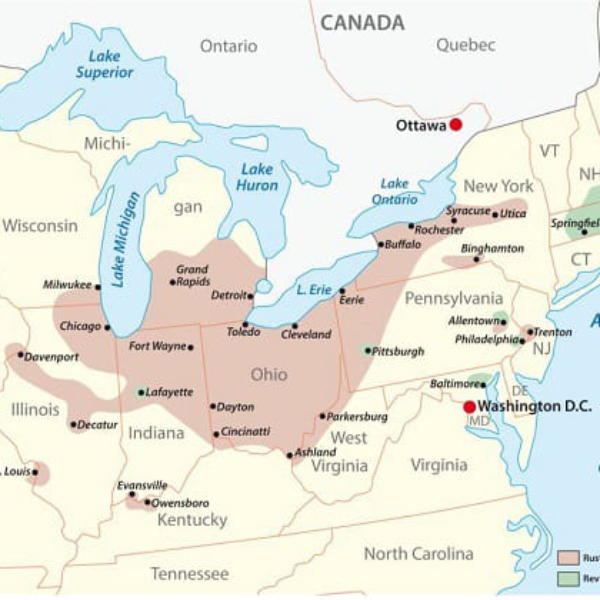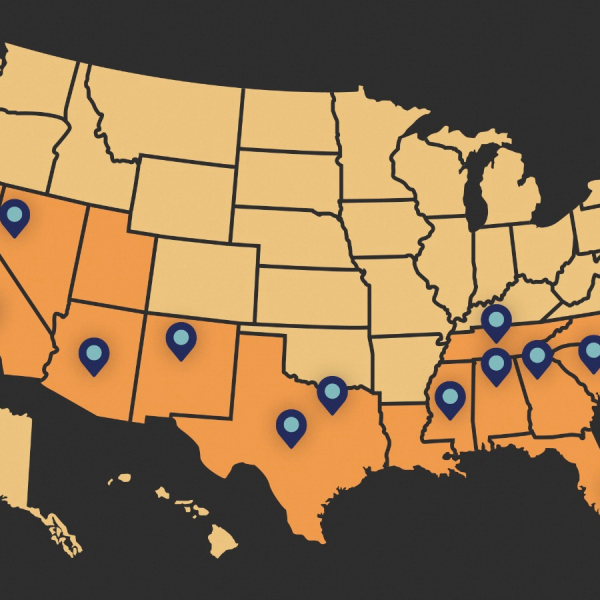Physical Address
304 North Cardinal St.
Dorchester Center, MA 02124
Physical Address
304 North Cardinal St.
Dorchester Center, MA 02124

The Sun Belt refers to a region in the United States stretching across the Southeast and Southwest. This region gets its name from the warm climate and ample sunshine it enjoys year-round. Here, winters are generally mild, and summers are often hot. Understanding where the Sun Belt is can give insight into various socio-economic trends.

The Sun Belt spans multiple states. From Florida in the East to California in the West, it covers a significant part of the southern U.S. This area has seen rapid growth over the past few decades. People often associate the Sun Belt with opportunity and development. Many major cities in the Sun Belt have become hotspots for business and culture.
When discussing where the Sun Belt is, we’re talking about a diverse set of landscapes. It includes coastal beaches, dense urban centers, and sprawling deserts. This variety attracts a wide range of people and industries. As we delve deeper into the Sun Belt’s characteristics, we’ll explore how this region has evolved. We’ll look at its economic boom, population shifts, and increasing political clout. We will also tackle the challenges it faces in maintaining this growth trajectory.
So, let’s embark on a journey through the Sun Belt. We’ll discover why this region continues to sparkle under the sun’s steady gaze. Not only will we pinpoint where the Sun Belt is geographically, but we will also illuminate its defining features. These facets make the Sun Belt not just a place on a map, but a dynamic and influential part of the American landscape.
The Sun Belt’s history is a tale of transformation. It began as a mostly rural region. Over the years, it shifted towards urbanization and industrialization. Post-World War II, the nation saw a trend. People and businesses moved from colder northern states to the Sun Belt. This migration spurred growth.
New industries took root in the Sun Belt. They leveraged the warm climate and lower costs. Aerospace, defense, and tech became key economic pillars. The rise of air conditioning made the region’s heat more bearable. This encouraged more people and industries to relocate.

By the 1970s and 1980s, the Sun Belt was booming. Its cities grew rapidly, and the population increased. The housing market expanded. Quality of life became a draw for many.
The 21st century brought further change. The Sun Belt adapted to the global economy. It became a hub for international trade, especially with Latin America. Information technology also flourished, enriching the region’s economic landscape.
Where is the Sun Belt today in its historical journey? It stands as a region shaped by decades of persistent growth. It has become a destination for those seeking opportunity and warmer climates.
When we ask, ‘where is the Sun Belt,’ we’re pinpointing a vast expanse. It stretches over multiple U.S. states, extending from the southeastern coastline of North Carolina, swooping through the deep south of Florida, and into the extensive deserts of southwestern California. This belt also encompasses parts of Texas, Arizona, and Nevada, among others.
The Sun Belt does not have precise borders; rather, it’s defined by its climate and economic activities. However, we can identify key states that form its core. These states include Georgia, Alabama, Mississippi, and Louisiana in the East. As we move westward, the belt includes Tennessee, Arkansas, and Oklahoma, eventually reaching New Mexico and Arizona.
California’s inclusion in the Sun Belt underscores the region’s diversity, with its sprawling coastal cities like Los Angeles contributing to the area’s appeal. Florida’s long coastline and famous beaches also epitomize the sunny disposition of the Sun Belt.
Highlighting its geography offers insight into the region’s vibrant growth. Such a vast stretch fosters a variety of opportunities. The interplay between geographic location and economic potential is undeniable. Business and lifestyle options are abundant due to this extensive spread.
The Sun Belt’s weather plays a pivotal role in its identity. Knowing where the Sun Belt is, entails understanding its climate, which is characterized by long, hot summers and mild, short winters. The mild winter temperatures attract retirees and those seeking to escape colder climates.
The region receives ample sunshine, hence its name. States like Arizona and Florida boast over 200 sunny days per year, important for tourism and outdoor activities. Rainfall varies, from the drier deserts of the Southwest to the subtropical humidity of Florida.
The Sun Belt’s climate also impacts its industries. Agriculture thrives here, thanks to the extended growing seasons. Crops like citrus and cotton are staples in this vibrant agricultural zone. The favorable climate has also made the region a haven for tech companies seeking predictable weather conditions.
However, the Sun Belt’s climate presents challenges. Intense heat waves can strain energy grids, leading to higher cooling demands. Hurricanes and storms, predominantly in states like Florida and Louisiana, pose significant risks. Businesses and residents must plan for such events.
The climate has helped define where the Sun Belt is and contributes to its allure. It’s a magnet for people and businesses looking for a warmer lifestyle and diverse economic opportunities.
The Sun Belt’s economic expansion is remarkable. Its warm climate, lower living and business costs, and strategic location have made it a magnet for various industries and jobs. The Sun Belt’s economic boom isn’t just recent—it has roots in the mid-20th century when air conditioning became widespread, allowing people and businesses to settle comfortably despite the heat.
Several sectors have flourished in the Sun Belt as a result:
This growth has not slowed down in the 21st century. The Sun Belt continues to attract businesses with its promise of a skilled workforce, business-friendly policies, and modern infrastructure. Cities like Atlanta, Miami, and Phoenix are experiencing rapid development and population growth. People are drawn to where the Sun Belt is for its job opportunities and quality of life.
However, the region faces modern challenges, like the need for sustainable development and adapting to technological advancements. Overcoming these will be key to maintaining the Sun Belt’s economic momentum. Yet, as it stands today, the Sun Belt’s economic story is one of resilience and continual growth, powered by its sunny climate and strategic advantages.

The Sun Belt’s appeal has led to notable demographic shifts over time. As we explore where the Sun Belt is, we witness how its landscape has changed with more people moving in. Here are several key trends:
The migration patterns show a continuous drawing of individuals to where the Sun Belt is. With this increase in population, cities and towns must adapt. They need to provide housing, public services, and maintain quality of life. With the right management, these demographic changes can continue to fuel the Sun Belt’s growth and innovation.
The Sun Belt’s growth has reshaped the political landscape too. As people ponder where the Sun Belt is, they also look at its political clout. Here’s how the region wields power:
The political changes in the Sun Belt exemplify its expanding influence. From decisive votes in presidential elections to pioneering local policies, where the Sun Belt is today is at the forefront of American politics. Its continued evolution and demographic shifts suggest this influence is likely to grow even stronger.
While the Sun Belts continues to attract residents and businesses, it faces several challenges. Positioned where the Sun Belt is, with its rapid growth and development, this region must tackle economic, environmental, and social issues to sustain its dynamism. Here are the primary challenges confronting the Sun Belt today:
Overcoming these challenges is essential for the Sun Belt’s future success. Addressing them will require innovation, policy changes, and community engagement. It will test the region’s resilience, often lauded as a key characteristic. Solving these issues can ensure the continued allure of where the Sun Belt is – a thriving region under America’s sunny skies.